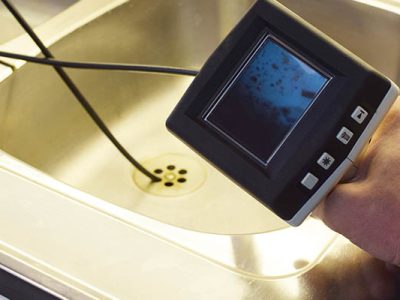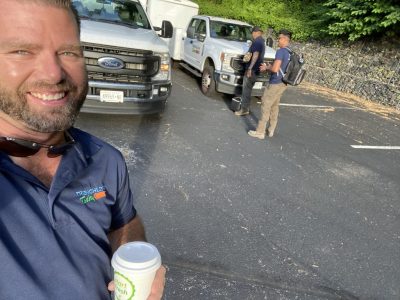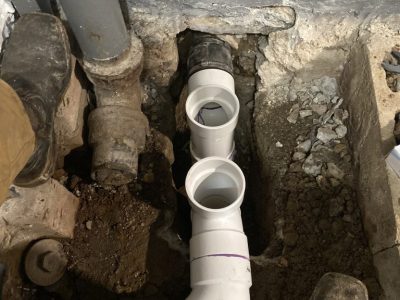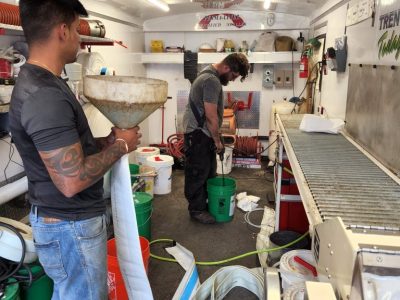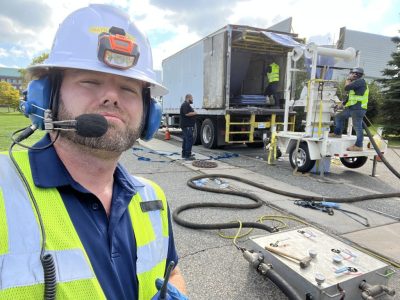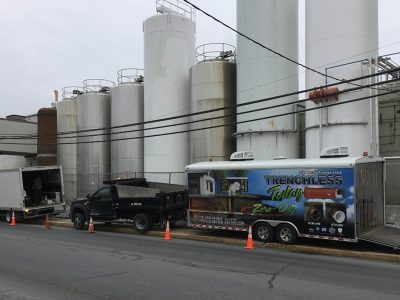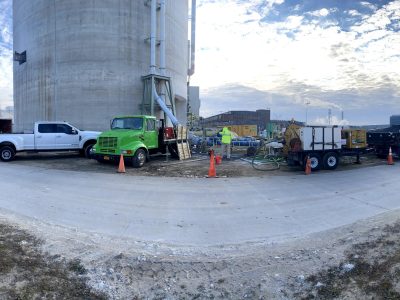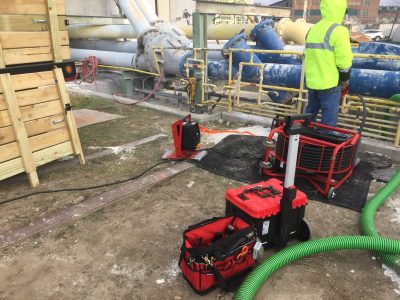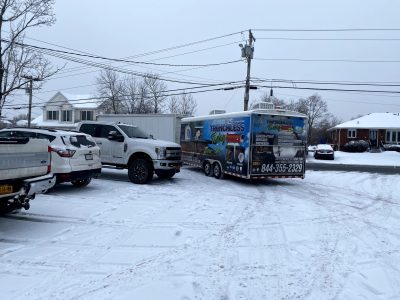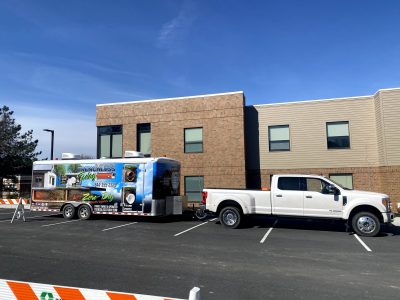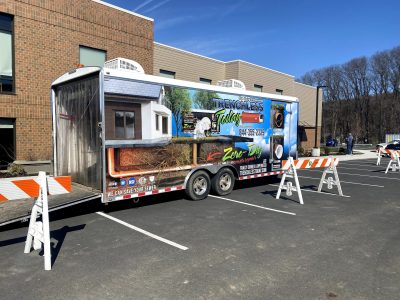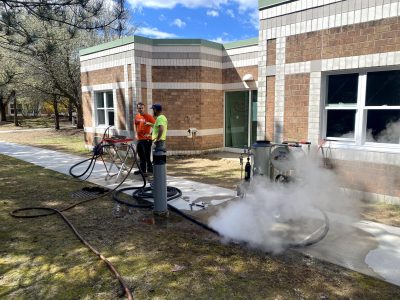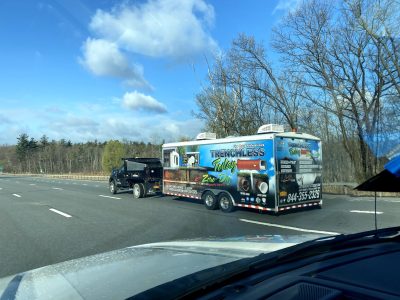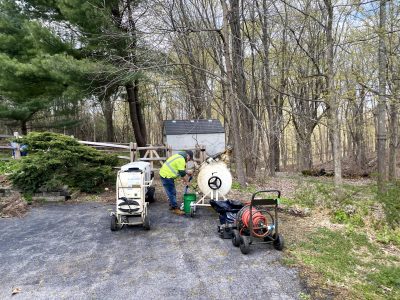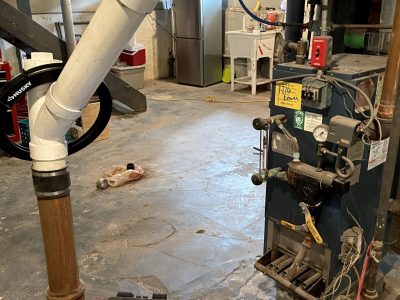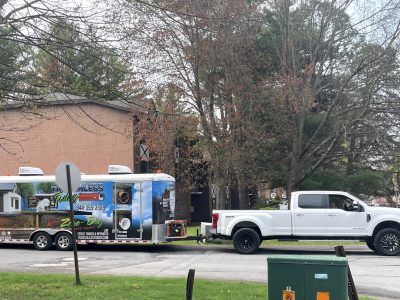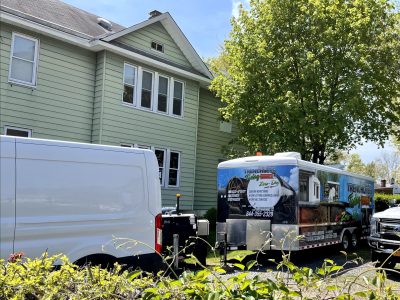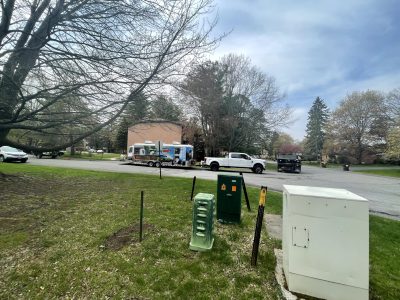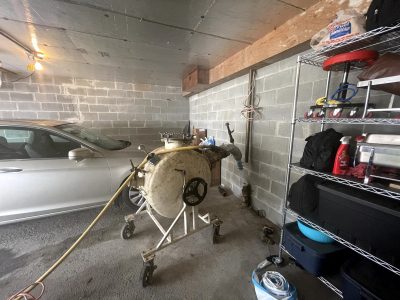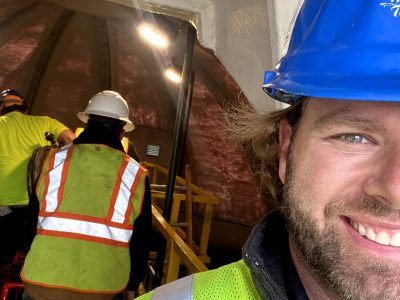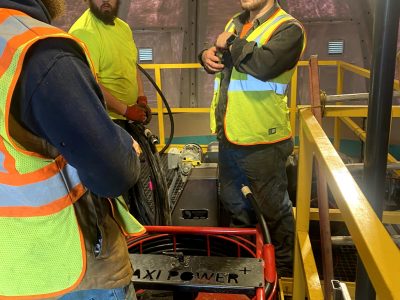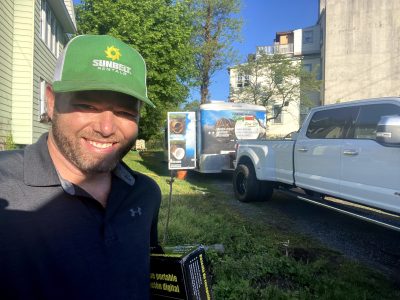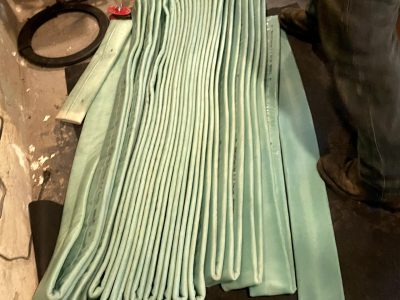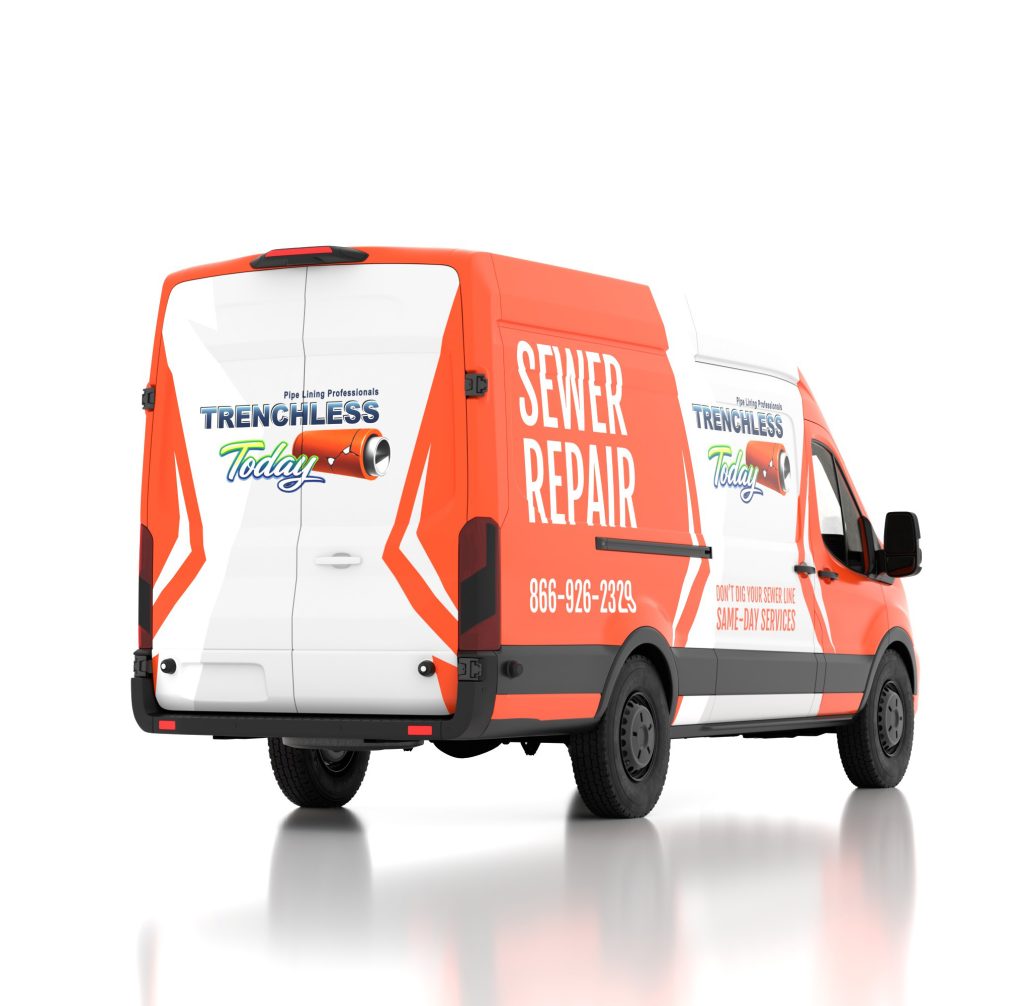24 hour plumbing service Always on time
We fix sewers
using zero-dig technologies
Your sewer line repair can be made without costly excavation. Contact us today.
Services
Since 2001, Trenchless Today has been a trusted leader in trenchless sewer repair nationwide. Locally owned and operated, we specialize in restoring sewer lines for residential and commercial clients with a focus on reliability, integrity, and cost-effective solutions. Whether you need sewer lining, pipe bursting, or failed liner removal, our expert team ensures minimal disruption and long-lasting results. Your satisfaction is our priority—making us the top choice for trenchless sewer restoration across the U.S.
Trenchless Pipe Lining
We offer pipe lining as the preferred method of trenchless pipe restoration. This no-dig process involves deploying a liner and bonding it to the host pipe for a like-new sewer line.
Trenchless Sewer Repair
When your sewer line has tree root intrusion, corrosion, and other damage, we address it with trenchless sewer pipe restoration. Our sewer repairs stop leaks and prevent additional damage.
Drain Cleaning
Our crew removes common drain obstructions, including grease, solid waste, food debris, and foreign objects. Drain cleaning eliminates foul odors and restores the efficient removal of wastewater from plumbing fixtures.
Air Duct Lining
Airborne particles may corrode the metal air ducts of your HVAC system. We install liners to protect your air ducts and extend their lifespan.
Cured in Place Pipe Lining
As the trusted name when it comes to trenchless technology, we fix extensive sewer line damage with cured-in-place pipe lining. This process strengthens the pipe, and it only requires one day for service restoration.
Electric Conduit Relining
Our electrical conduit relining protects your facility from electrical damage. The lining process extends the conduit’s lifespan and improves electrical efficiency.
Failed Liner Removal
Improper placement or curing of a liner leads to failure. We remove failed liners with steam and replace them with a new, properly installed pipe liner.
Pipe Descaling
Minerals in the water crystallize and create a thick scale in pipes. Our thorough descaling process removes the obstruction and restores correct water pressure and water flow through the pipe.
Pipe Bursting
When a sewer line has extensive damage incompatible with a repair, our trenchless certified installer uses pipe bursting. With our trenchless equipment, we simultaneously remove the old pipe and pull a new one into place.
Trenchless Pipe Lining
We offer pipe lining as the preferred method of trenchless pipe restoration. This no-dig process involves deploying a liner and bonding it to the host pipe for a like-new sewer line.
Trenchless Sewer Repair
When your sewer line has tree root intrusion, corrosion, and other damage, we address it with trenchless sewer pipe restoration. Our sewer repairs stop leaks and prevent additional damage.
Drain Cleaning
Our crew removes common drain obstructions, including grease, solid waste, food debris, and foreign objects. Drain cleaning eliminates foul odors and restores the efficient removal of wastewater from plumbing fixtures.
Air Duct Lining
Airborne particles may corrode the metal air ducts of your HVAC system. We install liners to protect your air ducts and extend their lifespan.
Cured in Place Pipe Lining
As the trusted name when it comes to trenchless technology in New York, we fix extensive sewer line damage with cured-in-place pipe lining. This process strengthens the pipe, and it only requires one day for service restoration.
Electric Conduit Relining
Our electrical conduit relining protects your facility from electrical damage. The lining process extends the conduit’s lifespan and improves electrical efficiency.
Failed Liner Removal
Improper placement or curing of a liner leads to failure. We remove failed liners with steam and replace them with a new, properly installed pipe liner.
Pipe Descaling
Minerals in the water crystallize and create a thick scale in pipes. Our thorough descaling process removes the obstruction and restores correct water pressure and water flow through the pipe.
Pipe Bursting
When a sewer line has extensive damage incompatible with a repair, our trenchless certified installer uses pipe bursting. With our trenchless equipment, we simultaneously remove the old pipe and pull a new one into place.
Real reviews from real people
- Patricia Kelley
- Stephanie Mink
If you have a bad drainage pipe in an inaccessible area, call these guys immediately!! They fixed a serious plumbing problem in 1 day and saved me a minimum of $7,000 while doing it.
- christopher breck
- Sherwin Ceasico
- Jennifer Burgos
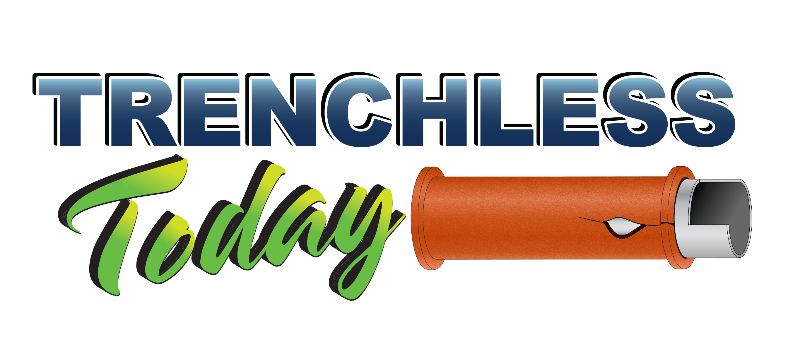
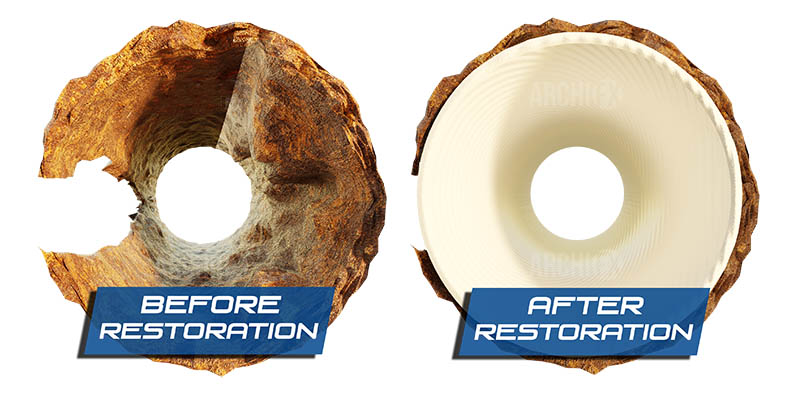
Your Local Trusted Partner for raenchless
- Superior customer service
- Best in class trained people
- 24/7, same day emergency services
- Using zero-dig technologies & Quality brands parts
Sewer repair service in your state
Trenchless Today is Connecticut’s leader in trenchless sewer repair, specializing in sewer lining, structural pipe coatings, and cured-in-place pipe (CIPP) solutions. Our no-dig technology restores aging pipelines, eliminates root intrusion, and extends sewer system lifespan with minimal disruption.
Trenchless Today provides Florida with expert trenchless solutions, including pipe bursting, epoxy pipe coatings, and sewer lateral rehabilitation. Our advanced no-dig services help restore and reinforce failing sewer lines for long-term durability in both residential and commercial properties.
Trenchless Today is Massachusetts’ trusted trenchless sewer repair specialist, offering sewer lining, hydro jetting, and manhole rehabilitation. Our no-dig solutions effectively restore pipes, prevent backups, and improve flow capacity with minimal property disruption.
Trenchless Today serves New Jersey with expert sewer repair solutions, including pipe relining, sectional point repairs, and root intrusion removal. Our innovative trenchless methods restore structural integrity while avoiding costly excavation.
Trenchless Today is New York’s go-to trenchless sewer repair provider, offering pipe coating, slip lining, and cast iron rehabilitation. Our no-dig approach ensures durable, long-lasting solutions while preserving streets, landscapes, and infrastructure.
Trenchless Today delivers Vermont top-tier trenchless services, including sewer lateral relining, failed liner removal, and high-pressure water jetting. Our advanced techniques repair and reinforce sewer systems with minimal environmental impact and maximum efficiency.
Trenchless Today is Pennsylvania’s trusted expert in trenchless sewer repair, offering sewer pipe relining, failed liner removal, and structural epoxy coatings. Our no-dig solutions restore aging sewer lines, prevent corrosion, and extend pipeline longevity without disruptive excavation.
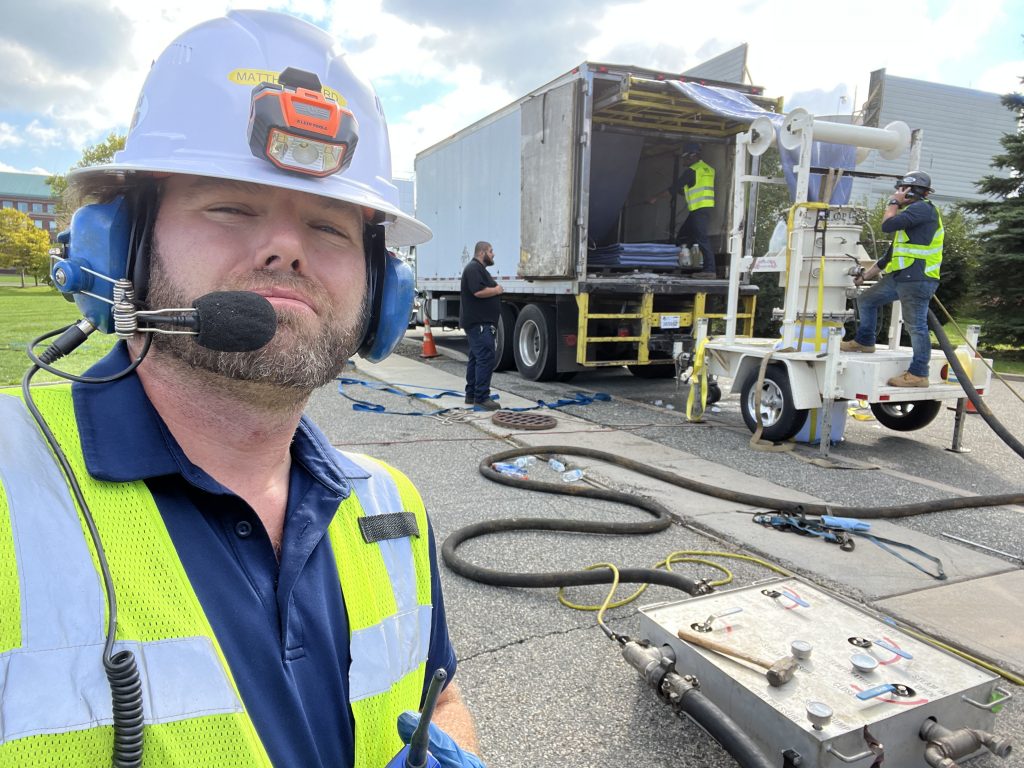
Don't Know Where to Start?
Call us now, and let our friendly experts guide you through the process of finding the perfect trenchless solution for your home.
GET INSPIRED!
Find a local office or Contact us today. For faster service on your sewer repair job.
